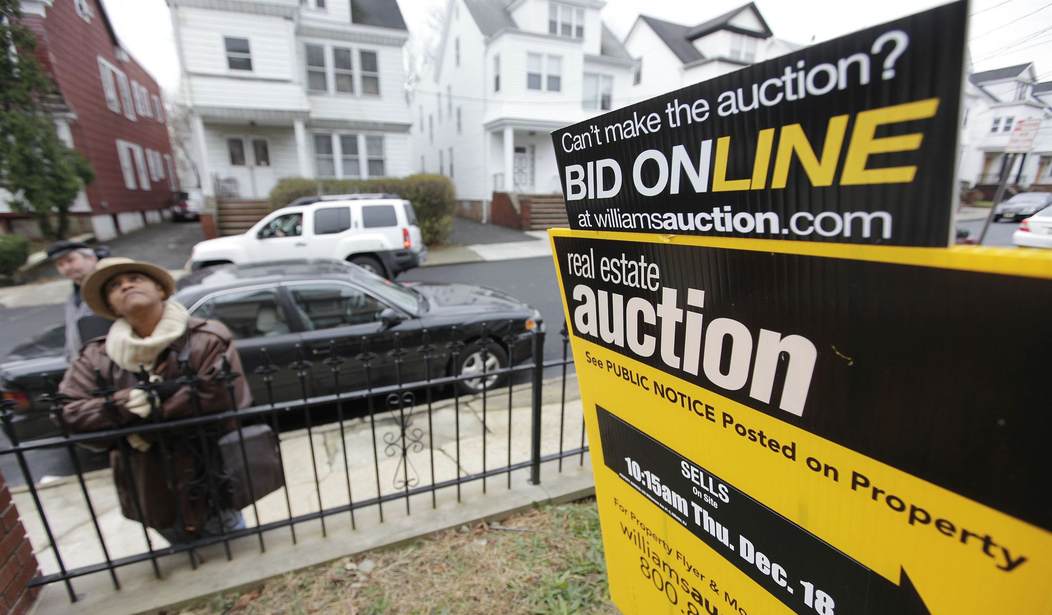Buying a home, and owning the roof over one's head, is a major part of the American dream. It's something young people aspire to. Our homes are something we spend a great deal of our lives in; we work to improve the homes we own, and we work for years, decades, to pay off the mortgages on those homes. Our homes shelter us, for older people they represent a significant portion of their net worth, and we take pride in them.
Buying a home is today, something that is sadly out of reach for all too many young Americans. In January, as home prices spiked, home sales dropped, and that's not good.
- Sales of previously-owned homes fell 4.9% in January from the prior month, according to the National Association of Realtors.
- There were 1.18 million homes for sale at the end of January, an increase of 3.5% from December and 17% from January 2024.
- The median price of a home sold in January was $396,900, up 4.8% from the year before and the highest price ever for the month of January.
The U.S. housing market continues to weaken, as potential buyers face stubbornly high mortgage rates, elevated prices and limited supply of listings.
Sales of previously owned homes fell 4.9% in January from the prior month to 4.08 million units on a seasonally adjusted, annualized basis, according to the National Association of Realtors. Analysts were expecting a 2.6% decline.
It's a national problem, although it's increasingly obvious that the states and cities run by Democrats have the least affordable homes.
See Related: Barbara Lee Announces Run for Mayor of Oakland As It Hasn’t Suffered Nearly Enough Lately
Why Young Californians Can't Afford Homes - and What The Powers That Be Aren't Telling You
Before the legacy media starts screeching "Trump!" over this, we might point out that President Trump wasn't in office until January 20th, and the sales slump is based on data from November and December.
Sales were 2% higher than January 2024, but are still running at a roughly 15-year low.
This read is based on closings, so contracts likely signed in November and December when mortgage rates came down from over 7% to the 6% range.
This is Economics 101, but it's nevertheless important to note that supply and demand, as always, applies to housing. Here's the onion:
Tight supply continues to pressure prices. The median price of a home sold in January was $396,900, up 4.8% from the year before and the highest price ever for the month of January. All four regions tracked by NAR saw price gains. About 15% of homes sold above list price, virtually unchanged from 16% in both the pervious month and the year-earlier period.
The median price of almost $400,000 is a serious matter.
It seems obvious that the long-term solution to this is to increase supply. Lower interest rates will help, but supply is the primary issue. In many states and major cities (California, for example) there is the issue of onerous regulations and zoning laws, which all drive up the price of houses.
There also appears to be a shortage of starter homes. Much of the new construction is either multi-family housing, such as apartments and townhomes, or large, higher-end housing. A starter home, like a 1,000 square-foot ranch house with a yard, as many of us older Americans started in, doesn't appear to be much in evidence in new construction.















Join the conversation as a VIP Member